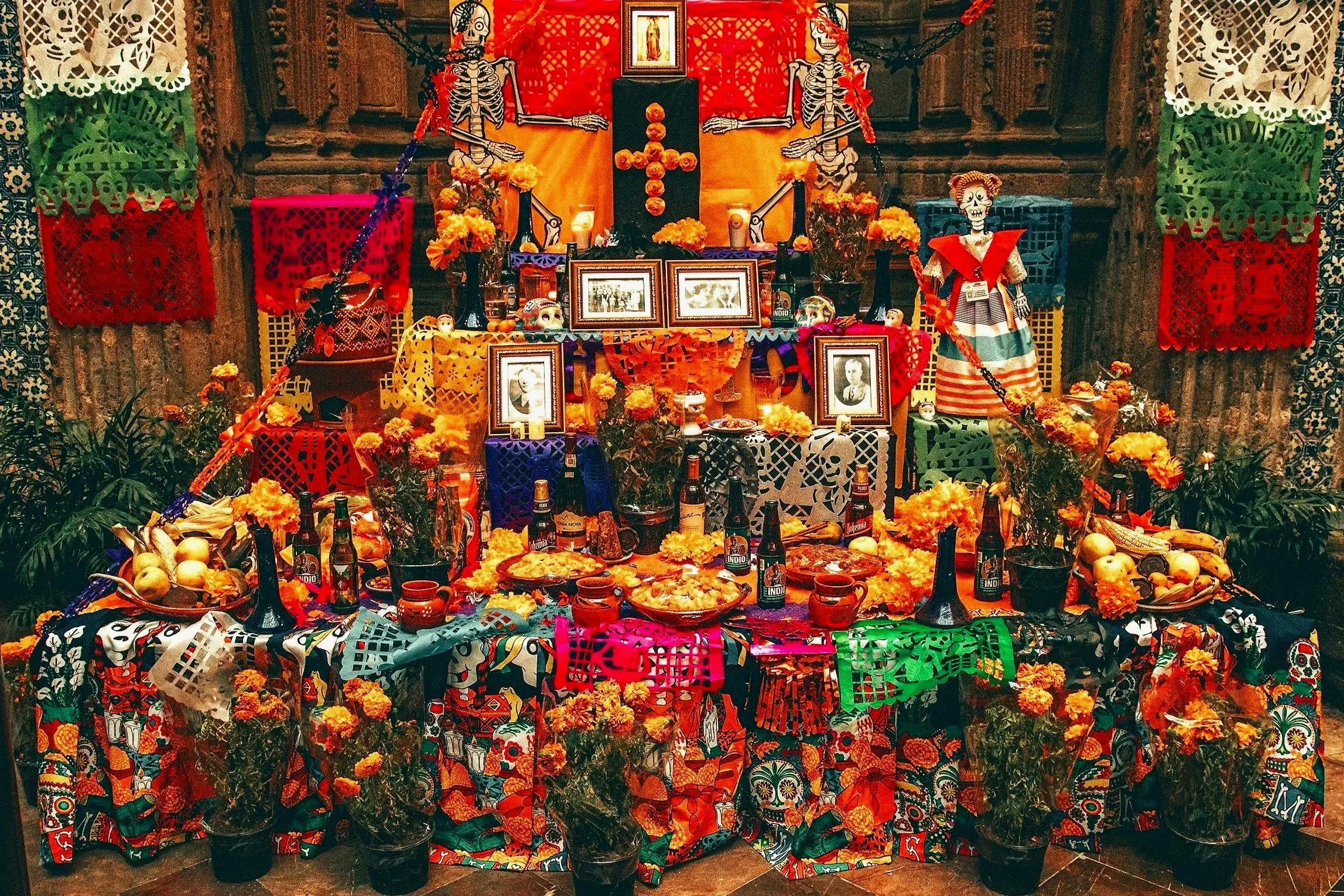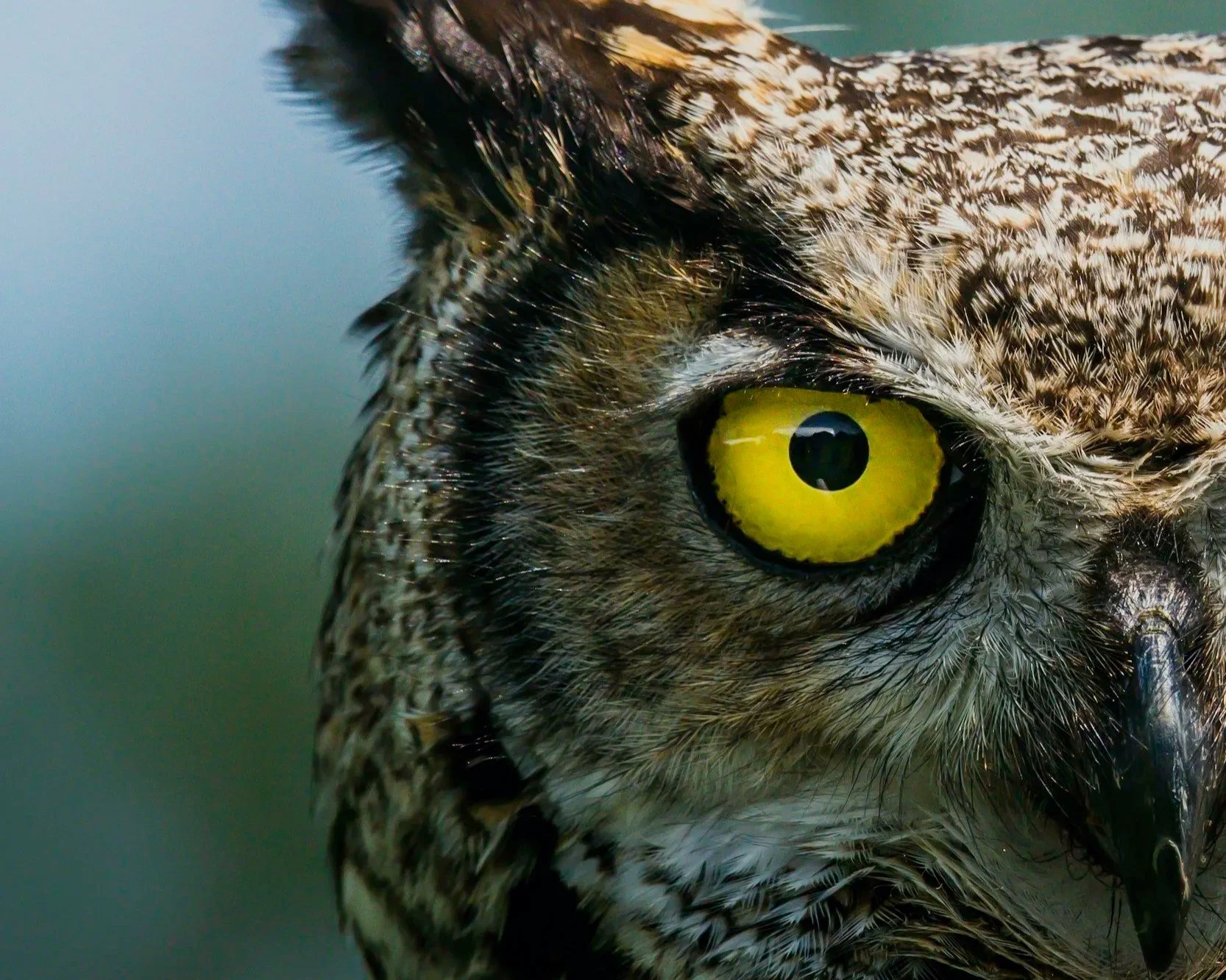When Spirits Rise and Nature Speaks: What Día de los Muertos Can Teach Us About Caring for the Earth
Each autumn, while many countries are celebrating Halloween with carving pumpkins and choosing costumes, Mexico and much of Latin America come alive with one of the world’s most beautiful traditions: Día de los Muertos, or Day of the Dead, beginning on October 27 with honoring the souls of the departed pets and continuing through November 2 to ancestral adults.
The Spirit Guides Return First
This sacred season of Day of the Dead, it’s said that our animal companions return first, leading human spirits back to the world of the living.
In Aztec mythology, the Xoloitzcuintli, a loyal dog, guided souls across the nine rivers of the underworld to reach their resting place. Today, families place collars, toys, and photos of beloved pets on their altars, thanking them for their love and loyalty, both in life and beyond.
These creatures remind us that our connection to nature is personal and reciprocal. Their return also echoes a larger truth: that the living world continues to guide, protect, and sustain us, if we only take the time to listen.
Ancient Wisdom
Long before sustainability became a movement, Indigenous peoples across the Americas lived by it. The Earth was not a resource but a relative, alive, sacred, and deserving of care.
Rituals like Día de los Muertos grew from that understanding: to honor the dead was also to honor the soil that holds them, the crops that feed us, and the spirits that sustain us. Through these gestures, indigenous cultures and families reaffirm their connection to both their ancestors and the living planet, recognizing that every life leaves an imprint and every offering is an act of gratitude.
Families build altars and decorate them with symbolic elements that carry deep meaning and teach us how to live gently with the Earth, reflecting an environmental truth: life is circular. Offerings include photos of the deceased and marigolds, whose scent and color are believed to guide spirits home; candles to light their path; and water to quench their thirst. There are also favorite foods and sugar skulls — playful reminders of life’s impermanence — along with personal items like toys or musical instruments, reminding us that our choices and joys are part of what sustains the world’s beauty.
It is believed that on these days, the veil between the living and the dead thins, allowing spirits to visit their families. Far from being a day of mourning, it’s a time when spirits rise and the Earth seems to speak, a moment to honor connection, memory, and the cycles that sustain all life. It’s a reminder that nothing in nature ever truly disappears — it simply transforms.
The Night Shift: Nature’s Misunderstood Guardians
In honoring these spirit guides, we’re reminded that the living world is still full of secret guardians. The same devotion and protection once attributed to our animal companions, and celebrated during the Day of the Dead, continues through the creatures that work unseen, keeping the Earth’s web of life alive each night.
The animals we often associate with Halloween — owls, spiders, and bats, are also ancient symbols of transformation and wisdom. They may evoke mystery or fear, yet they are essential to the planet’s equilibrium, much like the Indigenous traditions that teach us to respect the unseen forces keeping life in equilibrium.
Owls, the silent hunters of the night, keep rodent populations in check, preventing crop loss and disease while maintaining a delicate balance in the food chain that supports biodiversity.
Spiders, often feared, are natural pest controllers, reducing the need for harmful pesticides by consuming vast numbers of insects that threaten crops.
Bats, long misunderstood, pollinate plants, disperse seeds, and feast on mosquitoes that spread illness, while enriching the soil through their natural fertilizer.
Each of these animals plays a quiet, crucial role in maintaining healthy ecosystems. They are the planet’s night shift, working unseen to restore harmony while the rest of us sleeps.
Lessons from the Veil
At its heart, Día de los Muertos teaches that death is not an ending — it is a return. The same truth pulses through the natural world. Fallen leaves feed the soil. Decay becomes nourishment. What seems lost is simply beginning again in another form.
When we protect the Earth, honor our ancestors, and care for animals, we are tending to one continuous, living web that connects past, present, and future. Whether it’s a bat, a spider, an owl, or a spirit, everything in nature has its purpose, and everything, in the end, finds its way back home. That’s the RYSIT way.





